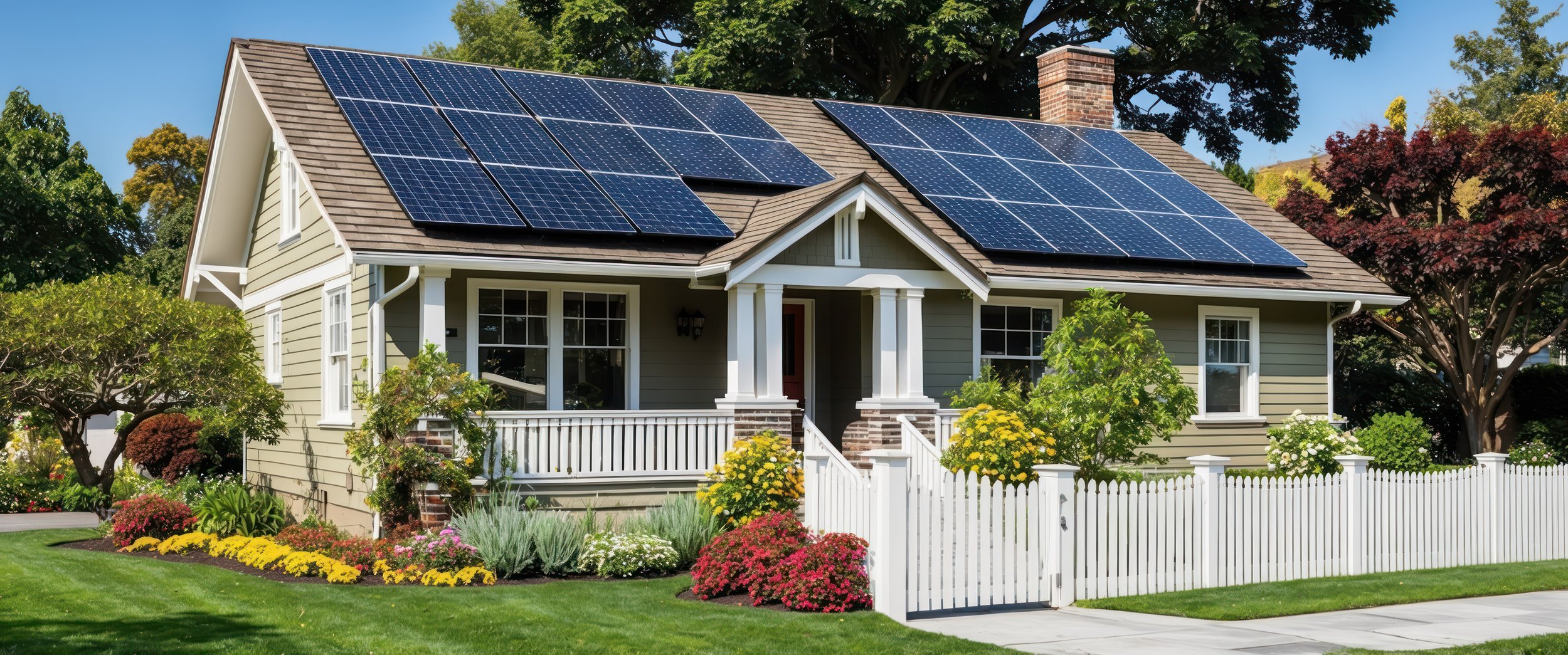ENERGY CREDITS

Home Solar Systems
(For information on other energy credits, jump to Additional Resources at the bottom of this page.)
The federal tax credit for solar energy system is part of the Residential Clean Energy Credit, a valuable incentive for homeowners looking to install solar panels. It can help reduce the upfront cost of going solar by offering a percentage of the system's cost as a credit on your federal tax return.
However, it’s important to understand a key limitation: this credit can only reduce your tax liability to zero, so you may not receive the full benefit if your taxes are lower than the credit amount.
How It Works
When you install a solar energy system, you can claim a percentage of the cost as a tax credit. The amount of the credit depends on when you install the system:
2023-2032: 30% of the cost can be claimed.
2033: The credit decreases to 26%.
2034: It drops further to 22%.
2035 and beyond: Unless extended, the credit will no longer be available for residential installations.
For example, if your solar system costs $20,000 and you install it in 2024, you can claim 30%—or $6,000—as a tax credit. This means you can reduce your tax bill by $6,000, but with a catch the catch: the credit can only bring your tax down to zero. If your federal tax bill is less than $6,000, you won't be able to use the full credit in that year.
What Happens If You Can’t Use the Full Credit?
If your tax bill is lower than the credit you’re eligible for, the unused portion doesn’t disappear. You can carry the remaining credit forward to future tax years until you've used it all. However, it’s crucial to keep in mind that the credit won’t automatically give you a refund—it simply reduces what you owe. If you have federal withholding or certain other credits, you could receive a refund based on those payments being returned.
What Costs Are Covered?
The credit covers more than just the solar panels themselves. You can claim the credit for:
Solar panels
Installation labor costs
Related equipment (like inverters, wiring, and mounting hardware)
Energy storage devices, such as solar batteries
Who Can Claim the Credit?
You can claim the ITC if you own the solar system, even on a second home, as long as the system is new and used for the first time. However, if you lease the system or enter into a power purchase agreement, the company that owns the system will receive the credit instead of you.
What about New York?
In addition to the federal tax credit, New York State offers its own incentive for solar energy installations, which covers leased as well as purchased systems. If you are a New York resident, you can claim a state tax credit of up to 25% of the cost of your solar system, with a maximum credit of $5,000. For leased systems, the credit is calculated based on the total payments made toward the lease during the tax year. Like the federal credit, the New York State credit can only reduce your tax liability to zero, but if you can’t use the entire credit in one year, you can carry it forward for up to five years. Any remaining credit unused at the end of five years is lost.

